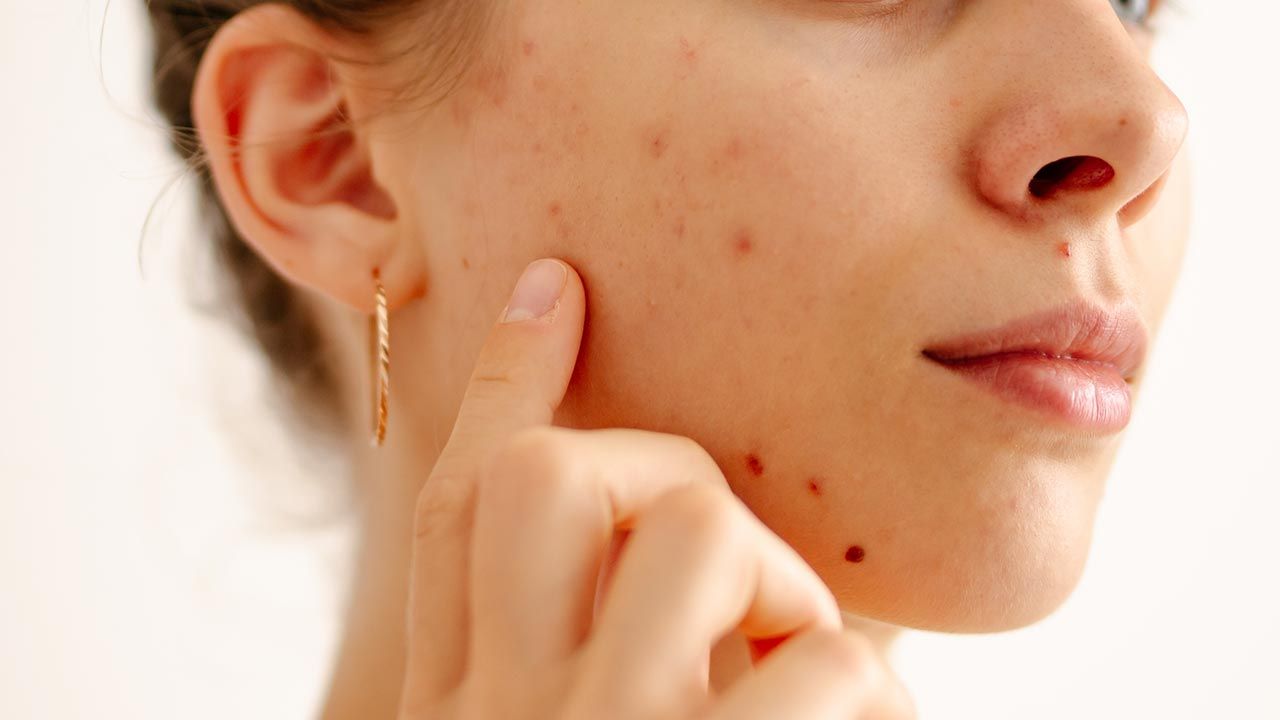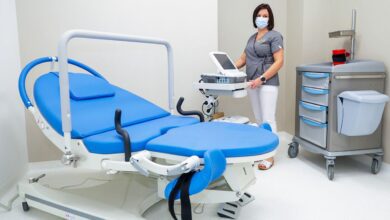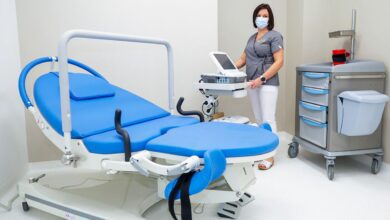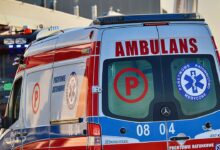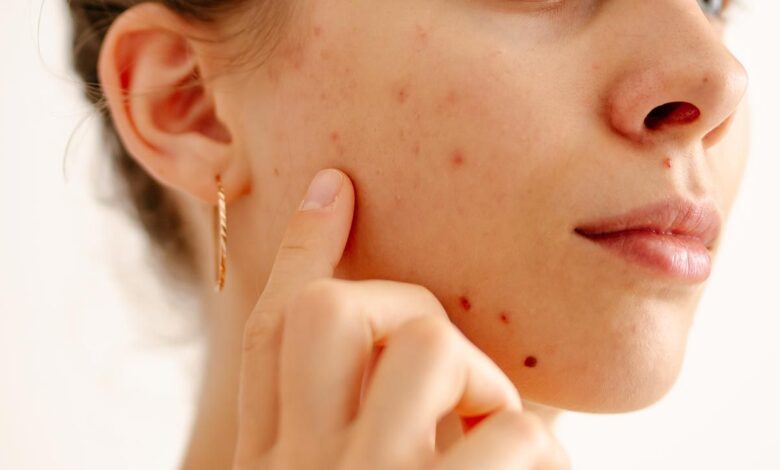
Innowacyjna terapia opracowana przez Polaka: nowa nadzieja dla pacjentów cierpiących na trądzik
Hidradenitis suppurativa (HS), also known as inverse acne, is a chronic, inflammatory skin disease that affects approximately 1% of the population worldwide. It is characterized by painful, deep-seated nodules, abscesses, and fistulas in areas such as the armpits, groin, genitalia, and under the breasts. HS is a devastating disease that not only significantly impacts the quality of life of patients but also affects many organs in the body, leading to serious systemic complications such as inflammatory joint and bowel diseases, mood disorders, depression, and metabolic disorders, including diabetes. As a result, the risk of developing cardiovascular diseases increases.
According to Professor Jacek Szepietowski, a dermatologist-venereologist from the Wroclaw Medical University and the president of the Polish Dermatological Society, HS affects one in a hundred people, so in our country, it can affect up to 350,000 individuals. Despite this, knowledge about this condition is still relatively poor, both among doctors and the general public.
In recent years, significant progress has been made in research on the pathogenesis of HS, leading to new treatment methods, mainly based on cytokine neutralization. Cytokines are molecules involved in initiating inflammation, sustaining it, and even maintaining pathological pain. Now, an international team of researchers, coordinated by a Polish specialist, has developed a completely new treatment model that takes into account all crucial factors influencing the course of the disease, including the phases of disease development and coexisting conditions. The researchers describe their approach as personalized and interdisciplinary.
The team identified three phases of the disease: inflammatory, destructive, and burnout. In the inflammatory phase, painful nodules and abscesses appear on the body, but the skin has not yet been permanently damaged. In the destructive phase, fistulas and scars develop, leading to permanent skin damage. In the burnout phase, the inflammation subsides, but the remaining fibrosis and scarring can cause further complications.
The therapeutic approach developed by the researchers includes pharmacotherapy, surgical methods, and lifestyle modifications. Early implementation of this approach is crucial for halting the progression of the disease and avoiding serious skin damage.
Until recently, HS treatment mainly involved the use of antibiotics, which did not always yield the desired effects. Nowadays, patients are offered biological drugs that neutralize key inflammatory cytokines, such as TNF-alpha and IL-17. These include adalimumab (anti-TNF drug), approved in 2015, which effectively reduces the number of inflammatory states and fistulas, secukinumab (anti-IL-17A drug), approved in 2023, which reduces inflammation and prevents the formation of new skin lesions, and bimekizumab (anti-IL-17A and IL-17F drug), approved in 2024, offering broad anti-inflammatory action.
Other promising therapies under clinical evaluation include drugs blocking IL-1, IL-36, and JAK inhibitors. In the case of advanced HS, the researchers propose surgical methods ranging from removing individual lesions to extensive procedures for excising fistulas and scars. Combining surgery with biological drugs is crucial for reducing the risk of recurrence and improving patients’ quality of life.
The third step in the proposed model is lifestyle changes. Weight loss, smoking cessation, and avoiding mechanical irritation of the skin can significantly reduce the frequency of flare-ups. Psychological support for patients is also essential, teaching them how to cope with stress and stigma often associated with this condition.
Zdjęcie główne artykułu pochodzi ze strony tvp.info.
